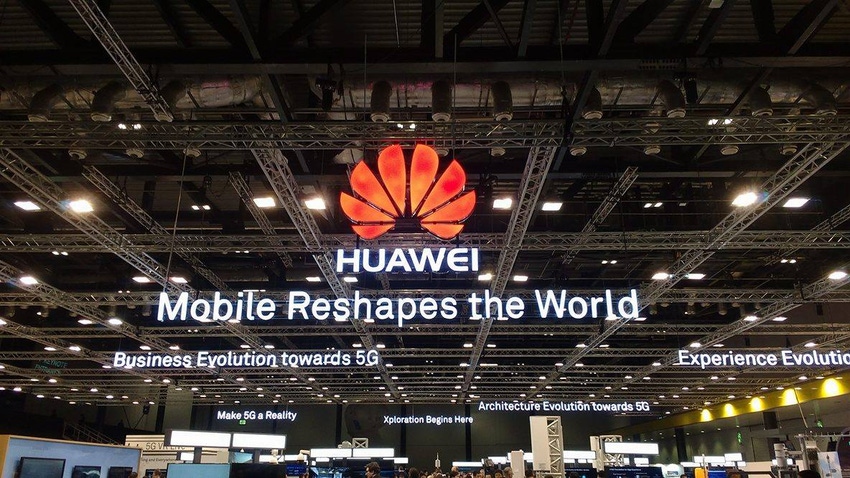Huawei unveils Intent-Driven CloudCampus solution
Huawei has announced its new Intent-Driven CloudCampus solution which promises automated service provisioning and O&M, and converged access.
March 19, 2018

Huawei has announced its new Intent-Driven CloudCampus solution which promises automated service provisioning and O&M, and converged access.
The new architecture was announced at Huawei Western Europe Partner Summit in Amsterdam and is built on the campus network insight engine CampusInsight and its campus network automation solution Software-Defined Campus (SD-Campus). Huawei has claimed CampusInsight can help build a predictive, self-healing closed-loop system with added visibility for each user in real-time.
“Connectivity, the key to building a digital platform in an enterprise, is being extended from people to things and environments,” said Wang Shihong, GM of Huawei’s Campus Network Domain. “Our CloudCampus solution will help enterprises to build an intelligent digital network platform that links together business intent and network architecture, enabling digital transformation.”
Looking more at the technical specifics, CampusInsight collects network and application data from network devices before using big data and AI tech to implement network fault analysis and proactive prediction. Huawei has said up to 85% of potential issues can be automatically identified. SD-Campus automates network deployment, rollout of virtual networks, and user/application-oriented policy management, to reduce OPEX.
The solution itself is built on Huawei’s cloud messaging focusing on digital transformation in campus networks, multi-region branch, and IoT. Current enterprise network management solutions are aimed at smaller scale projects, while Huawei is targeting larger-scaler enterprise networks which it believes is a currently underserved market. Considering the challenges of wifi-roaming, diversified user authentication and policy management, as well as maintaining user experience, it is a complicated task.
With a greater focus on more efficient O&M operations, Huawei is prioritizing closed-loop network monitoring, problem analysis, and fault rectification, as a means of taking O&M from reactive to proactive. This is an objective which we have heard before, but the reality is another thing. The difference now might be the advancement of AI, but only time will tell.
About the Author(s)
You May Also Like








.png?width=300&auto=webp&quality=80&disable=upscale)


_1.jpg?width=300&auto=webp&quality=80&disable=upscale)


.png?width=800&auto=webp&quality=80&disable=upscale)